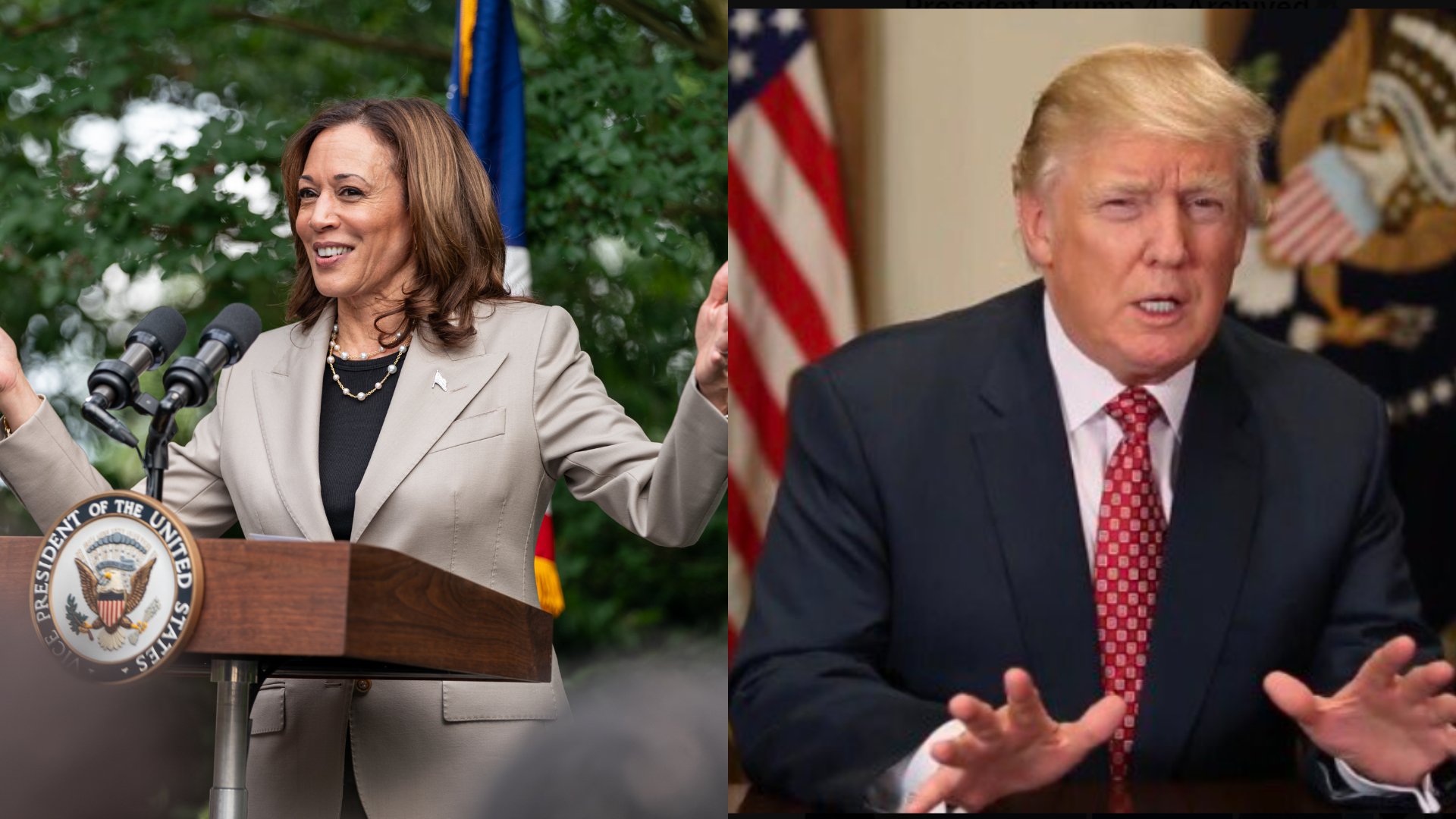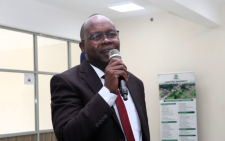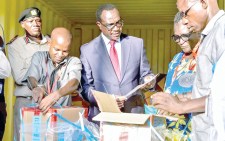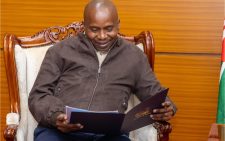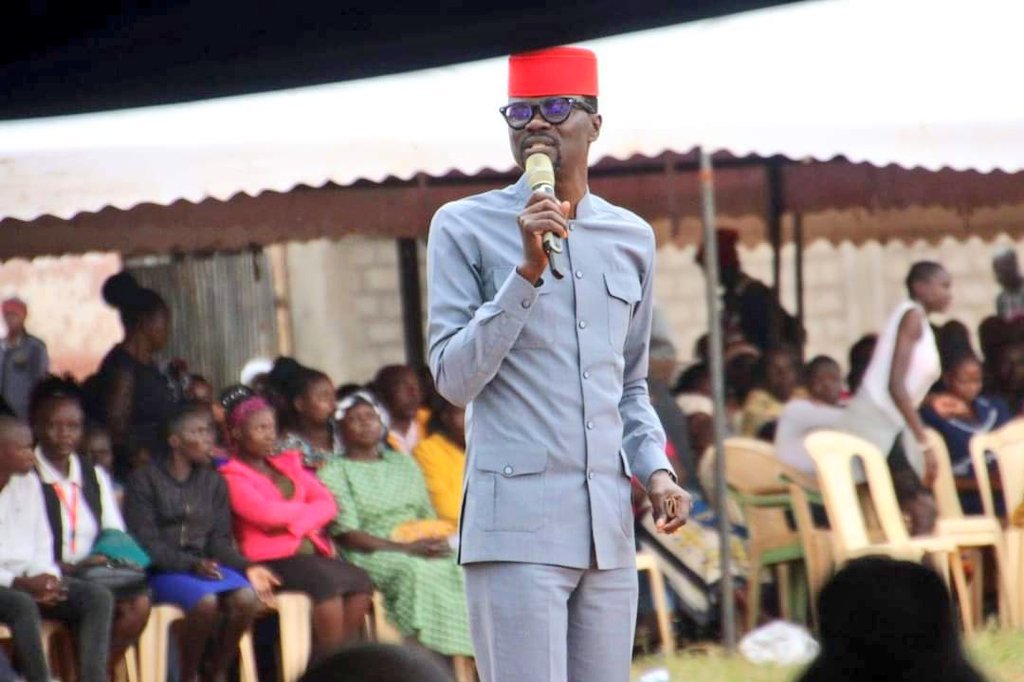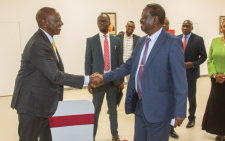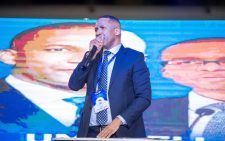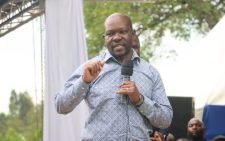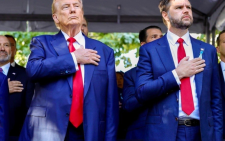The US elections are over, and in January next year, Donald J. Trump will be sworn in for the second time as president of the world’s only superpower. Ahead of the elections, nearly all opinion polls had one thing to say: the elections were too close to call.
US democracy is not direct. A winner-takes-all approach is used in the Electoral College in each state except Maine and Nebraska, and then each state’s voting power is weighted in points. Some, like California, have more electoral votes than others. The number of electoral votes in each state is based on an arcane calculation that takes into account the number of senators and representatives from the state.
Ideologically, some states lean conservative while others are liberal. Then there are those middle-of-the-road ones that keep shifting. They may lean one way in one election and change in the next. In each election, they have to be persuaded to vote one way or the other. These are the states that Americans call swing states.
The liberal California and the liberal New York lean democratic, while the conservative states, most of them in the country’s heartland, tend to vote Republican.
Polling science has long been perfected in the US since 1824. Wherever there is a consequential decision to be made, number crunchers would fall over themselves to assess the nation’s heartbeat.
The process is simple. The assumption is that carefully selected members of society can be representative of the entire population and, therefore, give a fair representation of what the whole population thinks.
For example, rather than ask all Kenyans whether to raise the price of bread by 50 percent, a sample is selected, so long as the selection is representative of the population. This sample will tell you whether Kenyans agree with the increase.
So, in the lead-up to this last election in the US, those number crunchers kept telling the world that the American population was evenly divided between the left and the right and more so in those persuadable voters in the states that kept changing their minds with every election.
In one case, just days before the elections, one researcher even stated that Kamala Harris, considered a liberal, had a chance of winning the state of Iowa. This farming conservative outback was in Trump’s safe corner.
As it turns out, these number crunchers got it all wrong. On election day, Trump won the election hands down. What happened in the US is not an outlier. These men and women obsessed with calculating numbers and using this scientific approach to predict human behaviour have been witnessing increased failure of late.
In the 2020 US elections, it was the same thing with the polls all over the map regarding who stood a better chance between Joe Biden and Trump. But the real clincher was in 1948 when the polls called the elections for Thomas E. Dewey, and Harry Truman won.
Even here at home, we have a mixed history of opinion polls. Of course, there have been claims that our culture of corruption has sometimes extended its ugly head into the work of science.
The critical point is that opinion polls can sway the national conversation and could interfere with the election process. People tend to identify with winners.
When some voters may have yet to decide who to vote for, opinion polls suggesting that Candidate A would win over Candidate B could make the difference.
That could sway some undecided voters to vote for the candidate likely to win and make others change their minds.
Science must address these challenges so that people can continue believing in them. Where is the rain beating science so that they get it wrong?
While the US race was supposed to be close, Trump easily won the elections at the Electoral College level and the popular vote. Whatever is failing science needs to be investigated and fixed.
— The writer is the Dean of Daystar
University’s School of Communication

